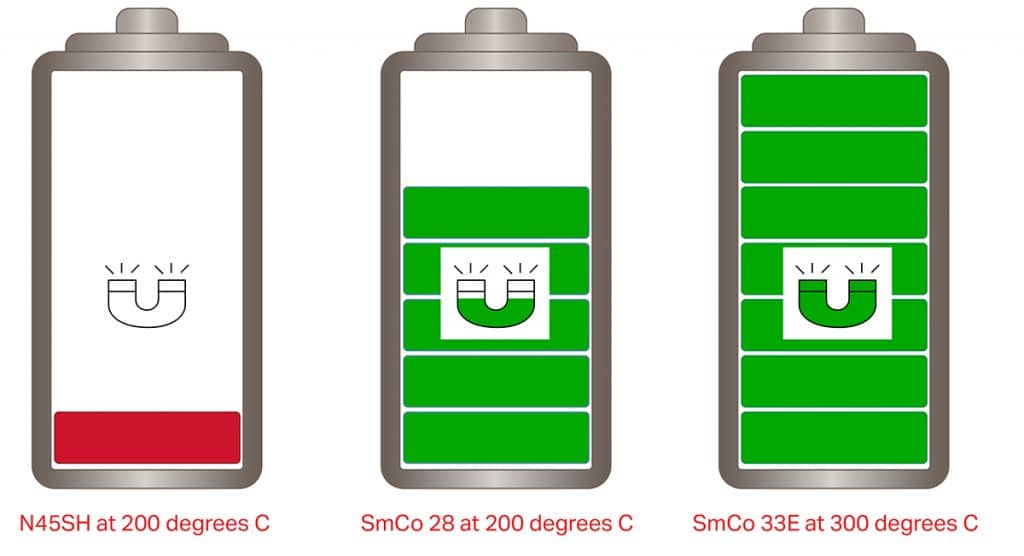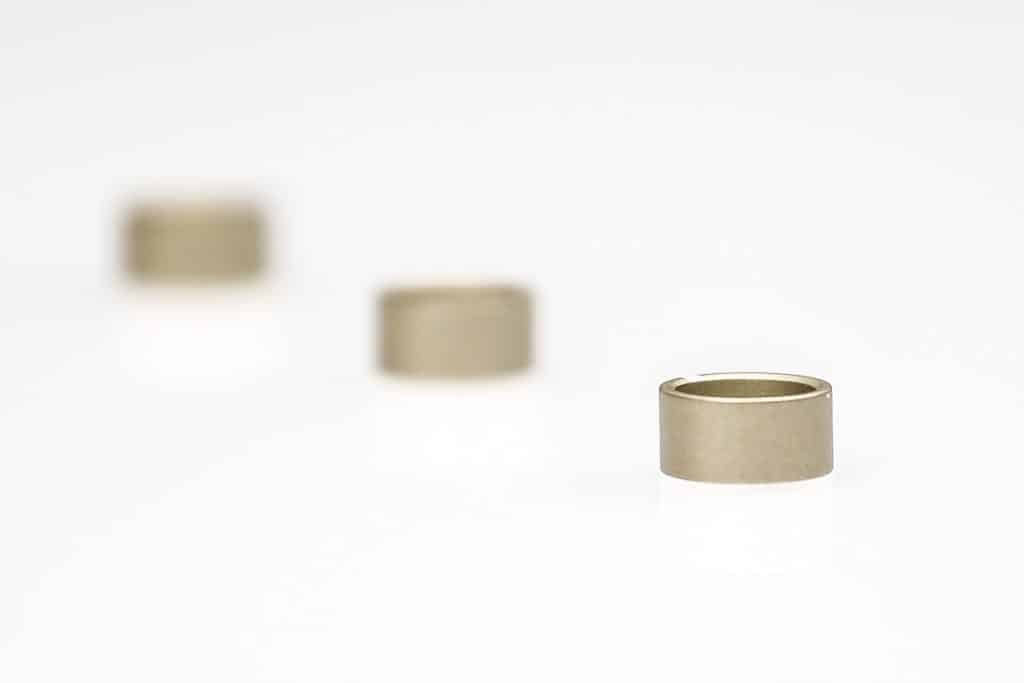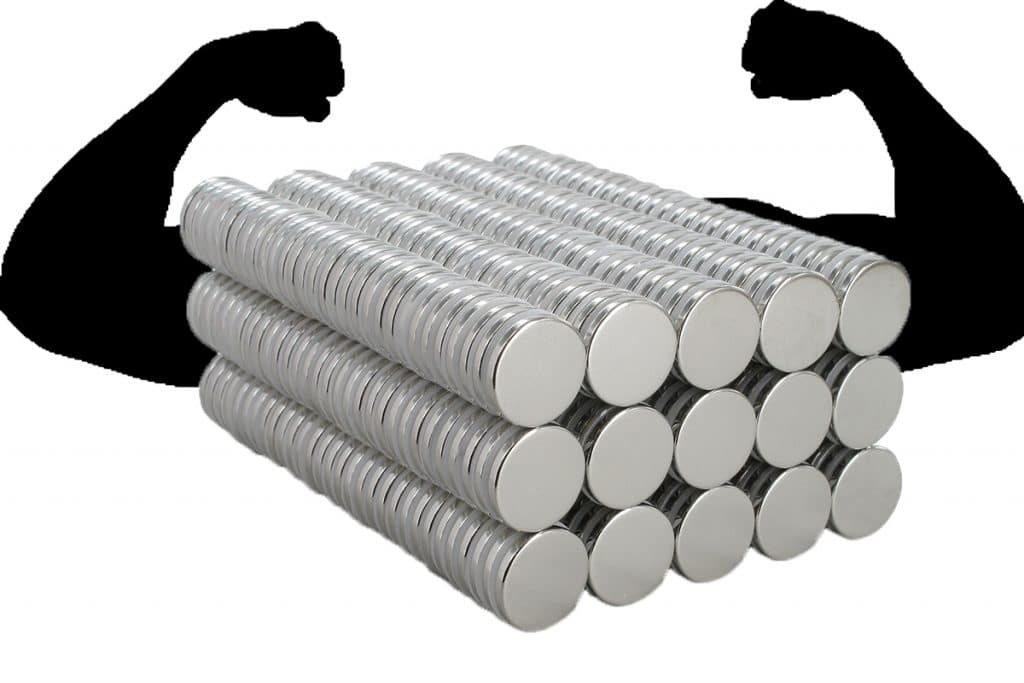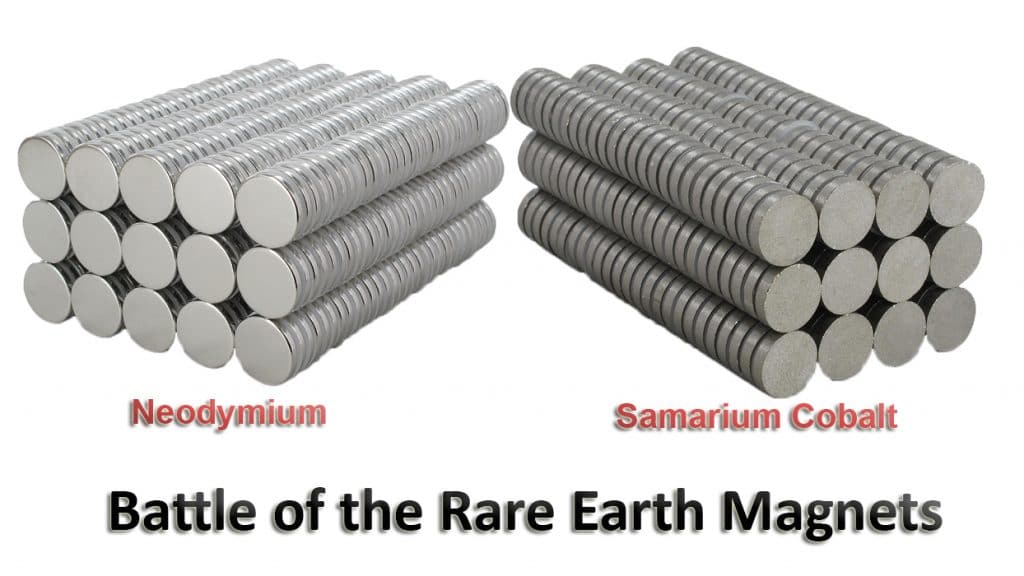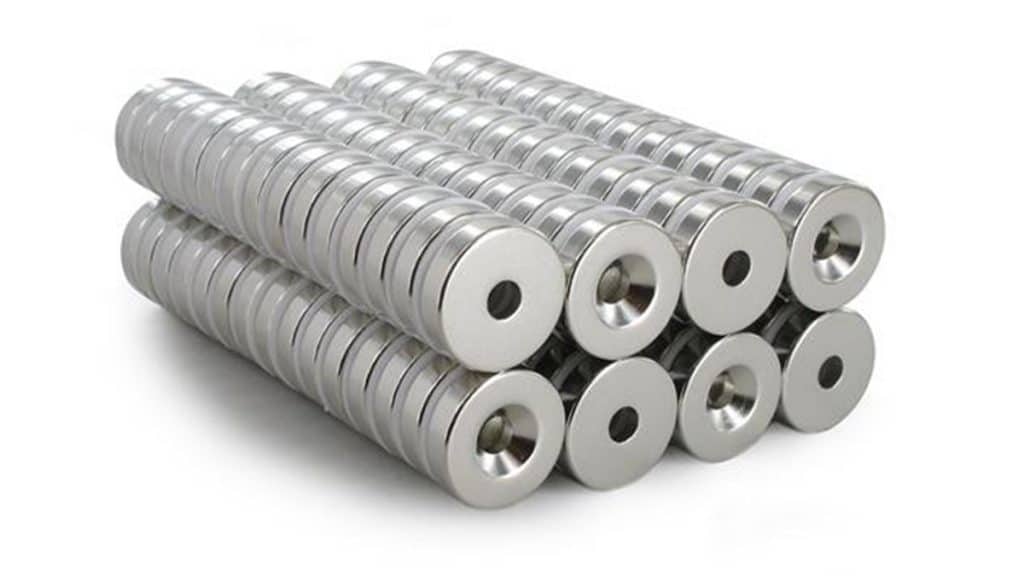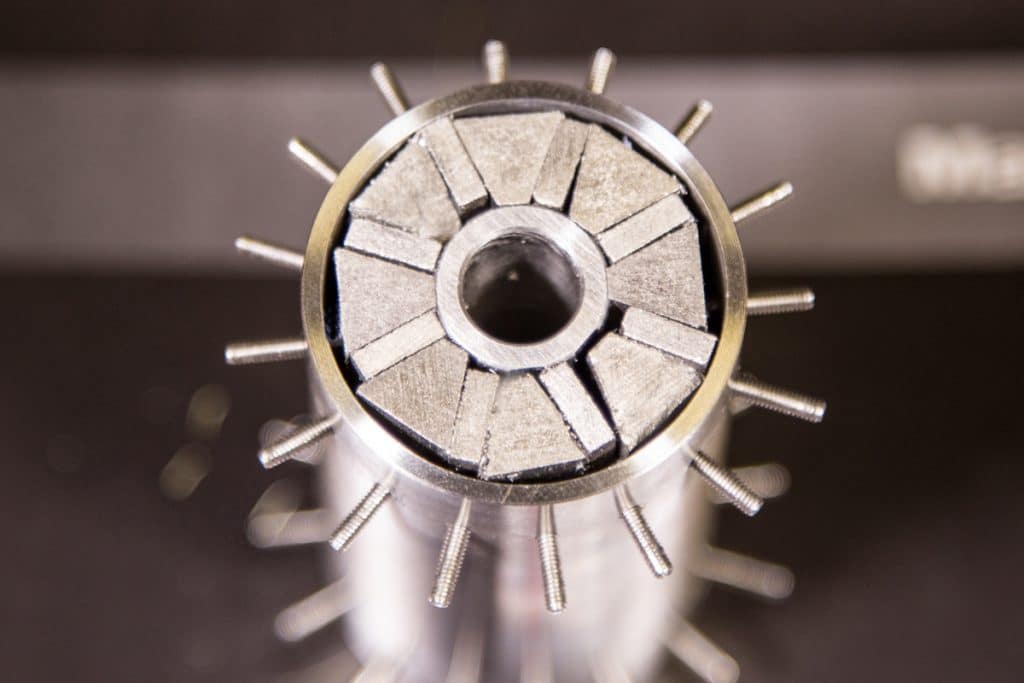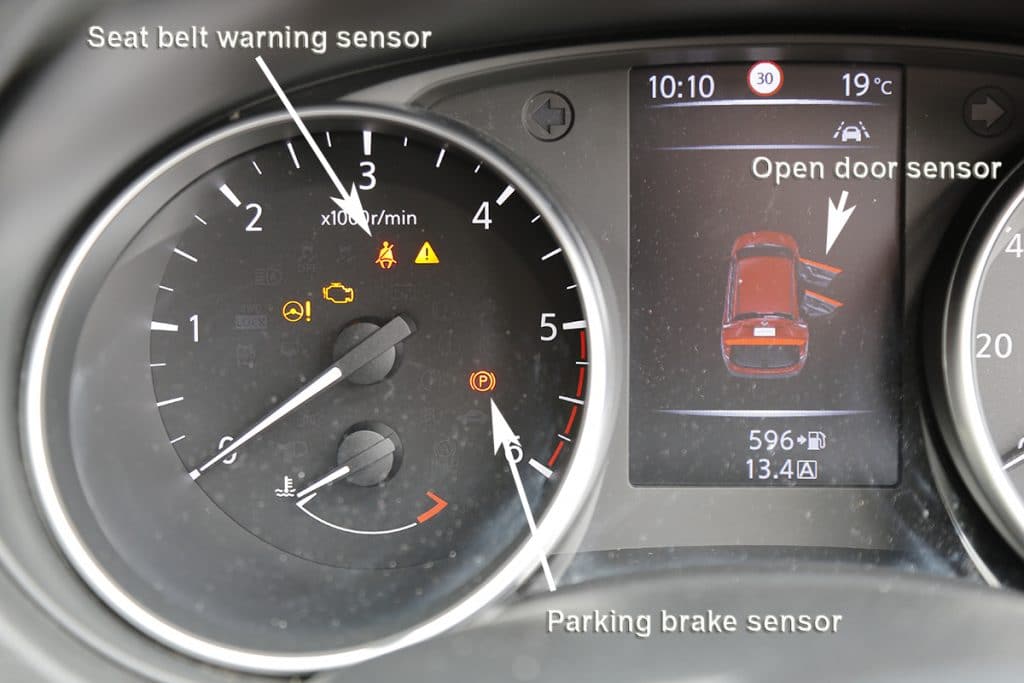Company News
XGS33 Expands Bunting’s Samarium Cobalt Magnets Range
Bunting’s range of Samarium Cobalt (SmCo) Rare Earth Magnets now includes the XGS33, XGS33M and XGS33H grades, which provide higher stability and magnetic performance at raised temperatures. Such performance characteristics are critical in applications for the automotive, aerospace and electronics sectors. Technical Product Information: Samarium Cobalt Magnets Advantages of Samarium Cobalt Magnets Rare Earth magnets…
Read MoreEverlube Coating Protects Neodymium Magnets
The new Everlube anti-corrosion magnet coating combats the increasingly arduous working environments for magnets and magnetic components. The Everlube coating prevents oxidation and deterioration of high-powered permanent neodymium rare earth magnets. The Everlube coating was originally developed as a brand of dry film lubricant products specifically designed to enhance and improve the performance of critical…
Read MoreBunting-Berkhamsted 2020 Review
On January 1st, nobody could have predicted the challenges businesses would face in 2020. Despite the restrictions and obstacles presented by the Covid-19 pandemic, companies adapted and continued to design and manufacture as they supported customers. December provides the ideal opportunity to reflect on many of Bunting-Berkhamsted’s positive news stories shared in 2020. A Positive…
Read MoreExplaining Neodymium Magnet Strength
Neodymium Rare Earth Magnets are the strongest commercially available permanent magnets in the world. Originally invented by General Motors and Sumitomo Special Metals in the early 1980s, Neodymium Magnets are a key component in mobile phones, computers, wind turbines, and modern cars. The list of applications is nearly endless. As the name suggests, the prime…
Read MoreMagnet Comparison: Neodymium and Samarium Cobalt Rare Earth Magnets
Neodymium Iron Boron NdFeB (i.e. Neodymium) and Samarium Cobalt SmCo are both ultra-strong rare-earth permanent magnets. Both are brittle in nature and subject to catastrophic damage if subject to severe impact (i.e. dropping). However, that is where the similarity ends and, when selecting a magnet material for a specific application, our design engineers assess each…
Read MoreNew Bunting-eMagnets e-Commerce Magnets Website
An extensive range of magnets and magnetic products feature on the new Bunting-eMagnets e-commerce website. The totally redesigned site makes it easier and quicker for customers to locate and purchase a wide selection of magnetic-related products from neodymium magnets to magnetic catches and work holding magnets. The new e-commerce website for magnets and magnetic products: …
Read MoreNeodymium Magnets – Frequently Asked Questions
Neodymium Iron Boron Rare Earth are the strongest permanent magnets presently available. They are a hidden key component of mobile phones, cars, and computers. When speaking to customers, we identified a number of frequently asked questions, which we will attempt to answer in this latest blog. Technical product information: Neodymium Magnets What are Rare Earth…
Read MoreAn Introduction to the Halbach Array
Halbach Arrays feature in many common-day devices such as brushless DC motors and even the Inductrack Maglev train. The Halbach Array is a specific arrangement of permanent magnets that cancels the magnetic field to nearly zero on one side, but significantly increases the strength of the magnetic field on the opposite side. This magnetic phenomenon…
Read MoreNew Shaker Magnetic Catch
The new Shaker Magnetic Catch extends the range of magnetic catches sold by Bunting on their online sales outlet eMagnets UK. The new Magnetic Catch enables quicker installation in Shaker-style kitchens, with only one screw providing secure fixing. The new Magnetic Catches, also known as kitchen door catches, are designed specifically for handmade in-frame doors…
Read MoreSensor Magnets
Sensors are used everywhere from vehicle engine management systems to Smartphones determining if the flip cover accessory is closed. Modern everyday life would be very different without sensors and the operation of many of these sensors rely on magnetism. As products evolve, so have the range and specification of sensor magnets. A magnetic sensor converts…
Read More
